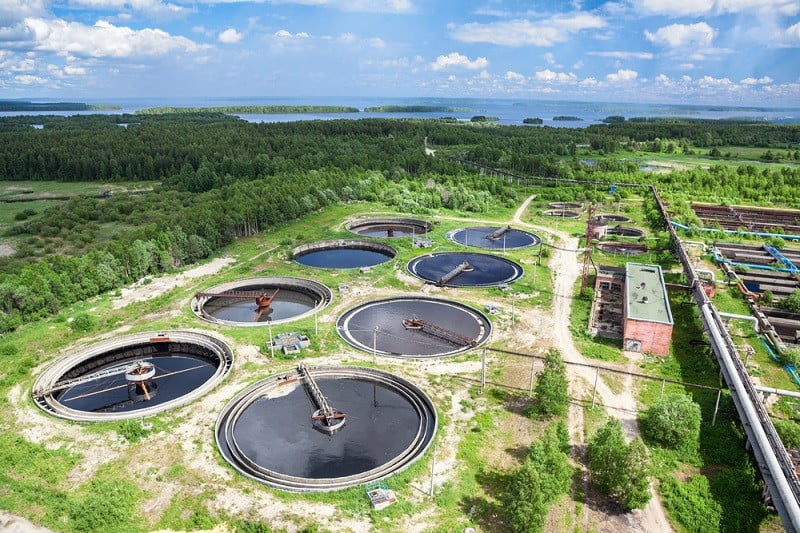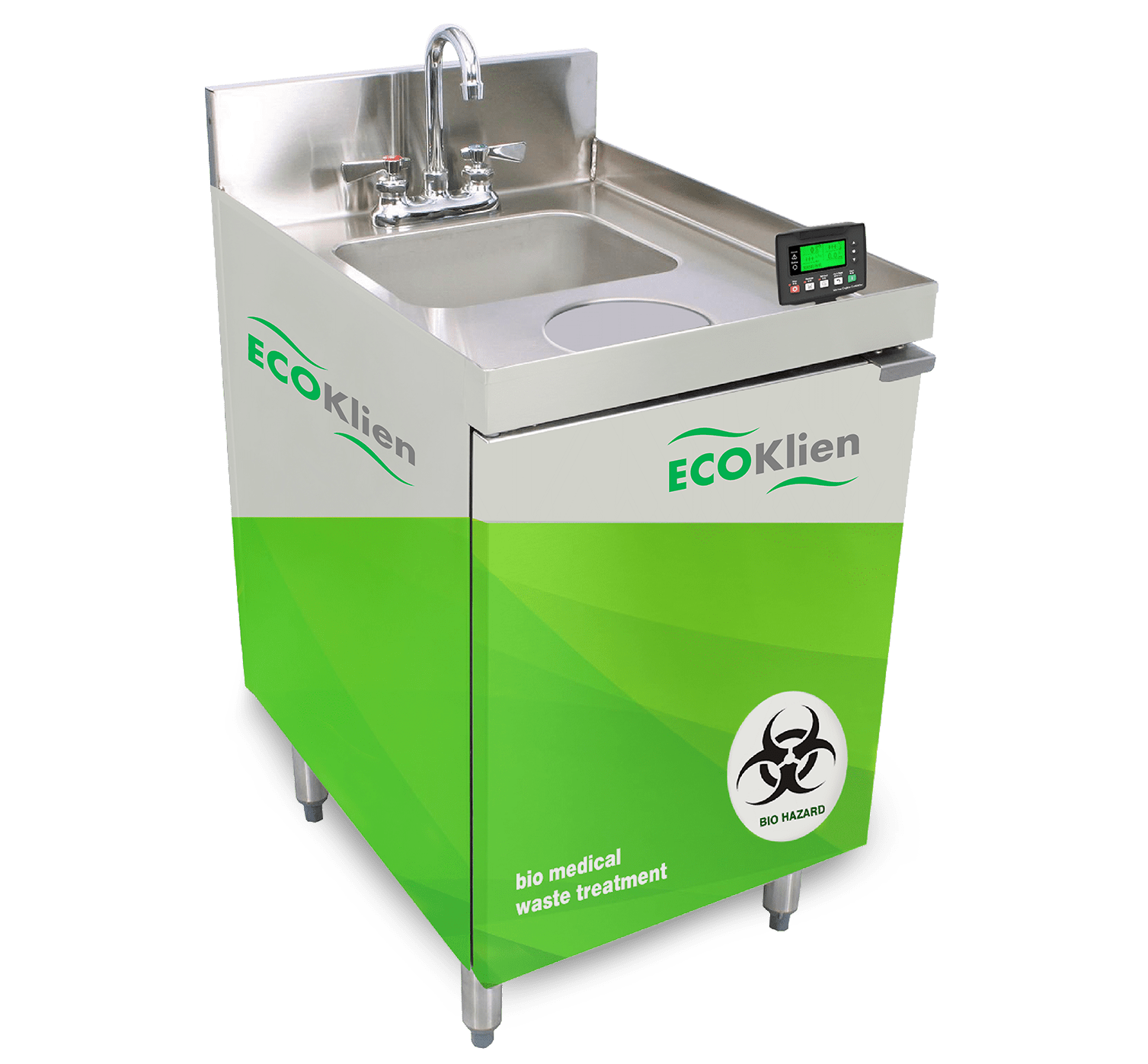Understanding the Comprehensive Process of Liquid Garbage Disposal: Finest Practices and Environmental Influence Factors To Consider
The monitoring of liquid waste disposal is a diverse issue that requires a complete understanding of different best practices and their linked environmental impacts. From the kinds of fluid waste generated to the methods employed for collection, therapy, and final disposal, each action plays a vital duty in securing environments and public wellness.
Types of Fluid Waste
Understanding the different kinds of liquid waste is necessary for effective monitoring and disposal techniques. Fluid waste can be extensively categorized right into numerous types, each requiring special handling and therapy methods.
Industrial liquid waste often contains dangerous materials, consisting of heavy metals, solvents, and chemicals, produced throughout making processes. These wastes demand rigorous regulatory compliance to secure human health and wellness and the environment. Domestic fluid waste mainly describes wastewater produced from homes, including sewage and greywater, which, although much less toxic, can still pose substantial dangers if poorly managed.
Agricultural fluid waste, including overflow from ranches, often contains plant foods and pesticides that can lead to ecological deterioration if not dealt with properly. Medical fluid waste, generated from health care centers, includes infected fluids such as physical fluids and chemicals, requiring specialized disposal techniques to stop infection and environmental contamination.
Last but not least, oil and oil waste, commonly created by dining establishments and vehicle markets, can trigger serious obstructions in sewer systems otherwise handled correctly. Recognizing these classifications assists in targeted strategies for therapy, conformity with regulations, and reliable disposal techniques, ultimately promoting ecological sustainability and public wellness safety and security.

Collection Techniques
Reliable collection methods are important for the correct management of liquid waste, guaranteeing that it is gathered securely and efficiently prior to therapy or disposal. Different strategies are used depending on the sort of fluid waste produced, the quantity, and the certain features of the waste.
One usual technique is the use of dedicated collection storage tanks or sumps, which are designed to capture liquid waste at the source. These systems frequently include pumps that assist in the transfer of waste to larger storage space containers or therapy facilities. Additionally, mobile collection units furnished with vacuum technology are used in situations where waste is produced intermittently or in hard-to-reach areas.
For commercial settings, closed-loop systems can properly reduce spills and leaks, permitting for the recuperation and reuse of liquid waste. It is also important to train employees on appropriate collection protocols to alleviate dangers related to harmful materials.
Furthermore, carrying out normal upkeep routines for collection devices makes sure optimum efficiency and safety and security. The integration of advanced tracking systems can boost collection effectiveness by offering real-time data on waste levels and possible dangers. In general, reliable collection techniques are fundamental to sustainable liquid waste monitoring methods.
Therapy Procedures
Therapy procedures play an important role in the monitoring of fluid waste, transforming potentially harmful products right into multiple-use resources or risk-free effluents - liquid waste disposal. These processes can be broadly classified into physical, chemical, and biological methods, each customized to address certain impurities present in the waste stream
Physical treatment approaches, such as sedimentation and purification, work by getting rid of put on hold solids and particle matter. These methods are frequently the very first action in the treatment chain, successfully reducing the load on succeeding procedures. Chemical therapies involve using reagents to reduce the effects of unsafe substances, speed up heavy steels, or oxidize organic toxins, therefore improving the safety and security of the effluent.
Biological treatment processes, consisting of triggered sludge systems and anaerobic food digestion, utilize on the natural capabilities of microorganisms to weaken raw material. These techniques are specifically efficient for wastewater containing biodegradable pollutants. Advanced therapy innovations, such as membrane layer purification and progressed oxidation processes, are increasingly utilized to accomplish higher levels of filtration.
Including a mix of these therapy approaches not only ensures conformity with governing standards however also promotes ecological sustainability by recuperating useful resources from liquid waste.
Disposal Options
How can organizations make sure the safe and accountable disposal of liquid waste? Effective disposal options are crucial for guarding public health and wellness and the environment. The key techniques consist of land treatment, disposal, and incineration adhered to by discharge into metropolitan wastewater systems.
Land disposal involves the careful control of fluid waste in marked land fills, making sure that it does not leach into surrounding soil or water. Incineration, on the other hand, subjects fluid waste to high temperature levels, converting it into ash and gases, which require correct purification to lessen discharges. This approach is suitable for contaminateds materials that can not be treated with typical means.
In situations where fluid waste can be dealt with, organizations may select chemical or biological therapy processes to reduce the effects of dangerous parts before discharging the dealt with effluent into local systems. This course generally aligns with regulatory needs, making sure that the effluent meets safety standards.
Ultimately, organizations need to conduct extensive analyses of each disposal alternative to identify its viability, thinking about aspects such as waste structure, regulatory conformity, and possible risks to health and the atmosphere. By selecting proper disposal approaches, services can add to a liable waste monitoring technique.
Environmental Impact
The ecological influence of fluid waste disposal is an essential factor to consider for organizations looking for to reduce their eco-friendly impact. Incorrect disposal approaches can lead to significant contamination of water resources, dirt discover this info here degradation, and damaging impacts on regional ecosystems. As an example, unsafe liquids can leach into groundwater, posing dangers to alcohol consumption water supplies and water life. In addition, the discharge of unattended or inadequately dealt with waste into surface area waters can cause eutrophication, leading to oxygen depletion and the subsequent fatality of fish and various other organisms.

To alleviate these impacts, companies need to embrace ideal techniques such as executing strenuous waste treatment procedures, promoting recycling and reuse, and sticking to regulatory requirements. By taking a positive strategy to fluid waste administration, entities can significantly decrease their environmental footprint while supporting lasting development objectives. Ultimately, a thorough understanding of the environmental effects connected with fluid garbage disposal is important for informed decision-making and responsible stewardship of natural deposits.
Conclusion
Effective monitoring of liquid waste is critical for protecting environmental honesty and public health and wellness. By adopting finest techniques in disposal, treatment, and collection, alongside adherence to regulative requirements, the capacity for harmful contamination of environments can be significantly decreased. Continual innovations in innovation and procedures add to lasting waste monitoring efforts. Eventually, a thorough understanding of liquid waste disposal not only mitigates environmental effects yet likewise fosters a dedication to responsible resource monitoring and environmental stewardship.
The administration of fluid waste disposal is a multifaceted problem that requires a comprehensive understanding of numerous ideal techniques and their connected environmental effects. From the kinds of liquid waste produced to the approaches utilized for collection, treatment, and final disposal, each action plays an essential role in securing ecosystems and public health and wellness.The ecological influence of liquid waste disposal is a crucial factor to consider for organizations looking for to decrease their eco-friendly impact. Ultimately, an extensive understanding of the ecological effects connected with fluid waste disposal is essential for informed decision-making and liable stewardship of all-natural resources.
Inevitably, a detailed understanding of liquid waste disposal not only minimizes environmental influences however additionally fosters a dedication to responsible resource try this management and ecological stewardship.